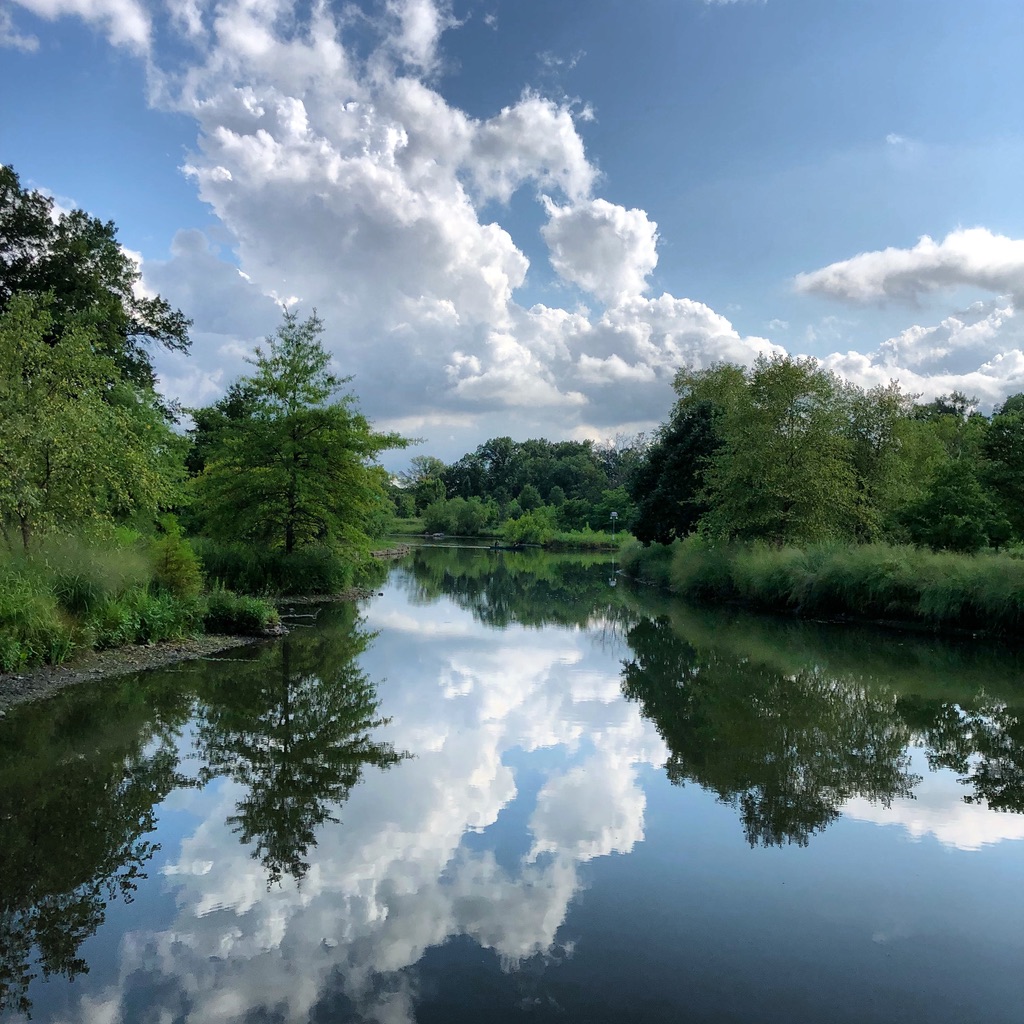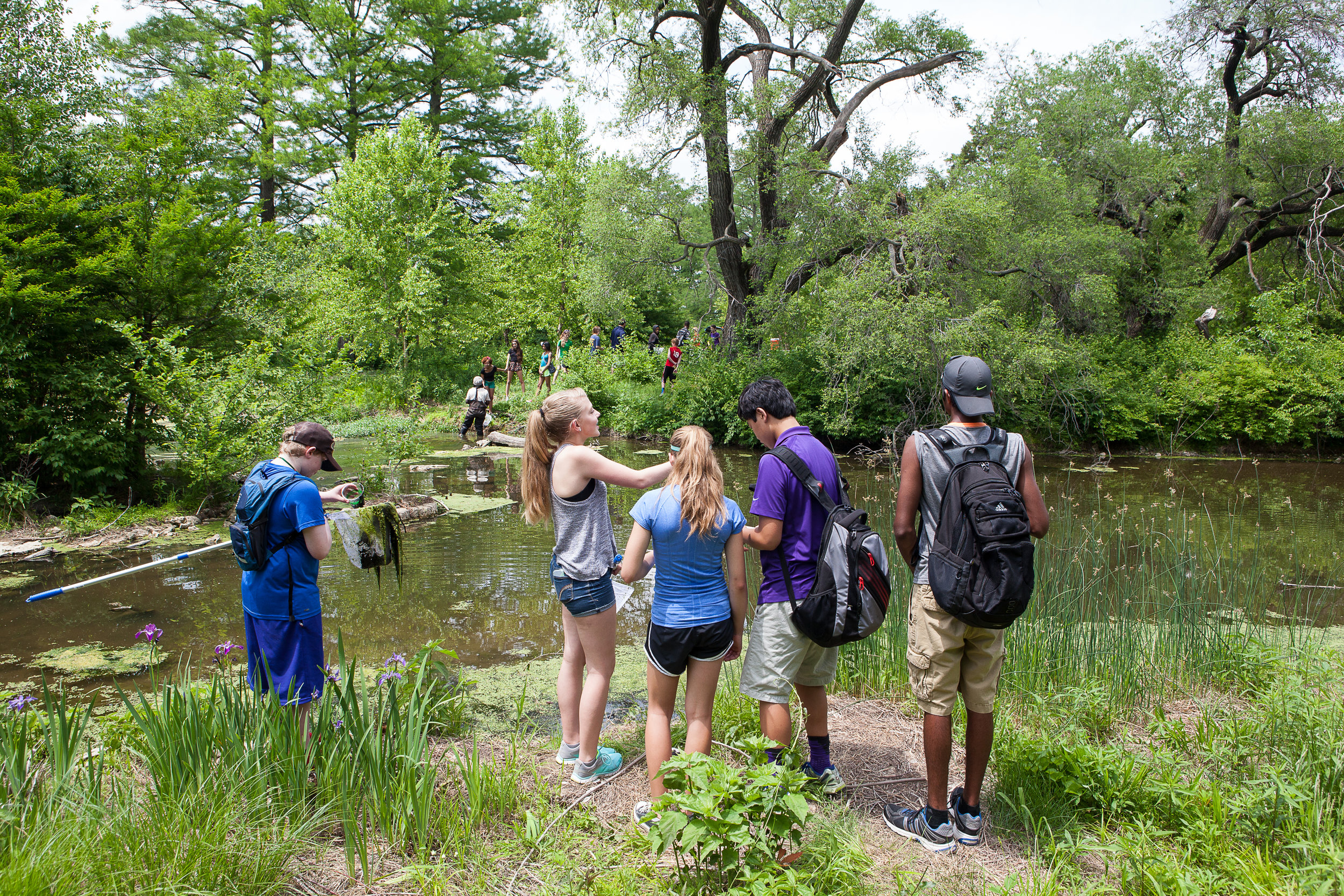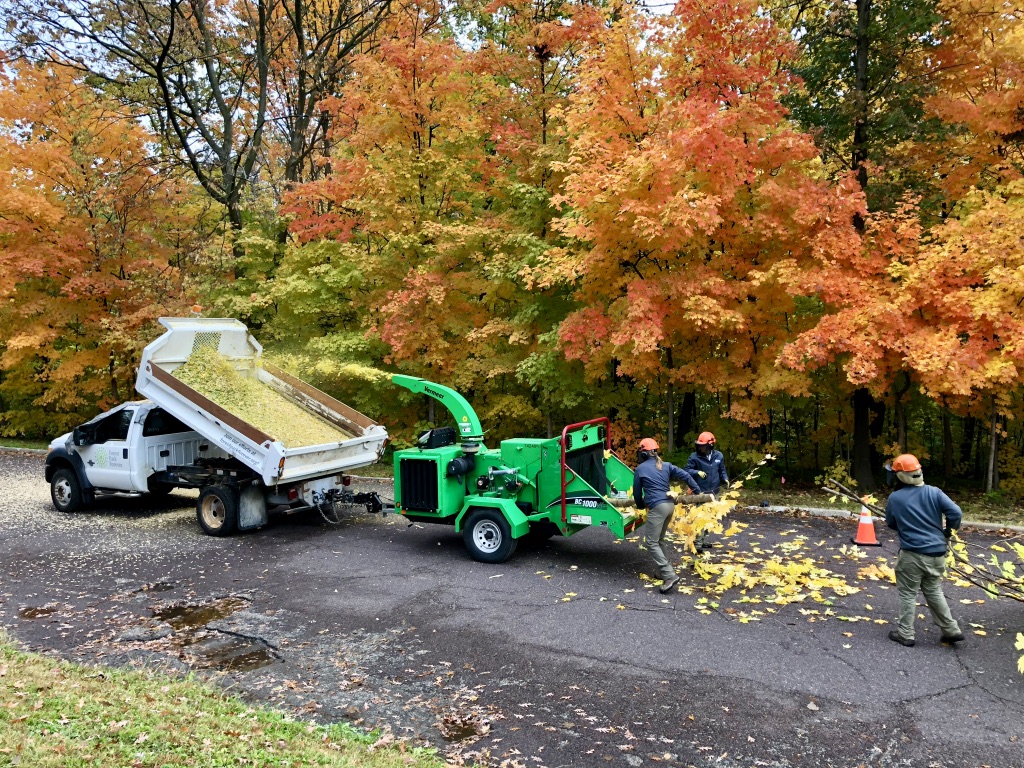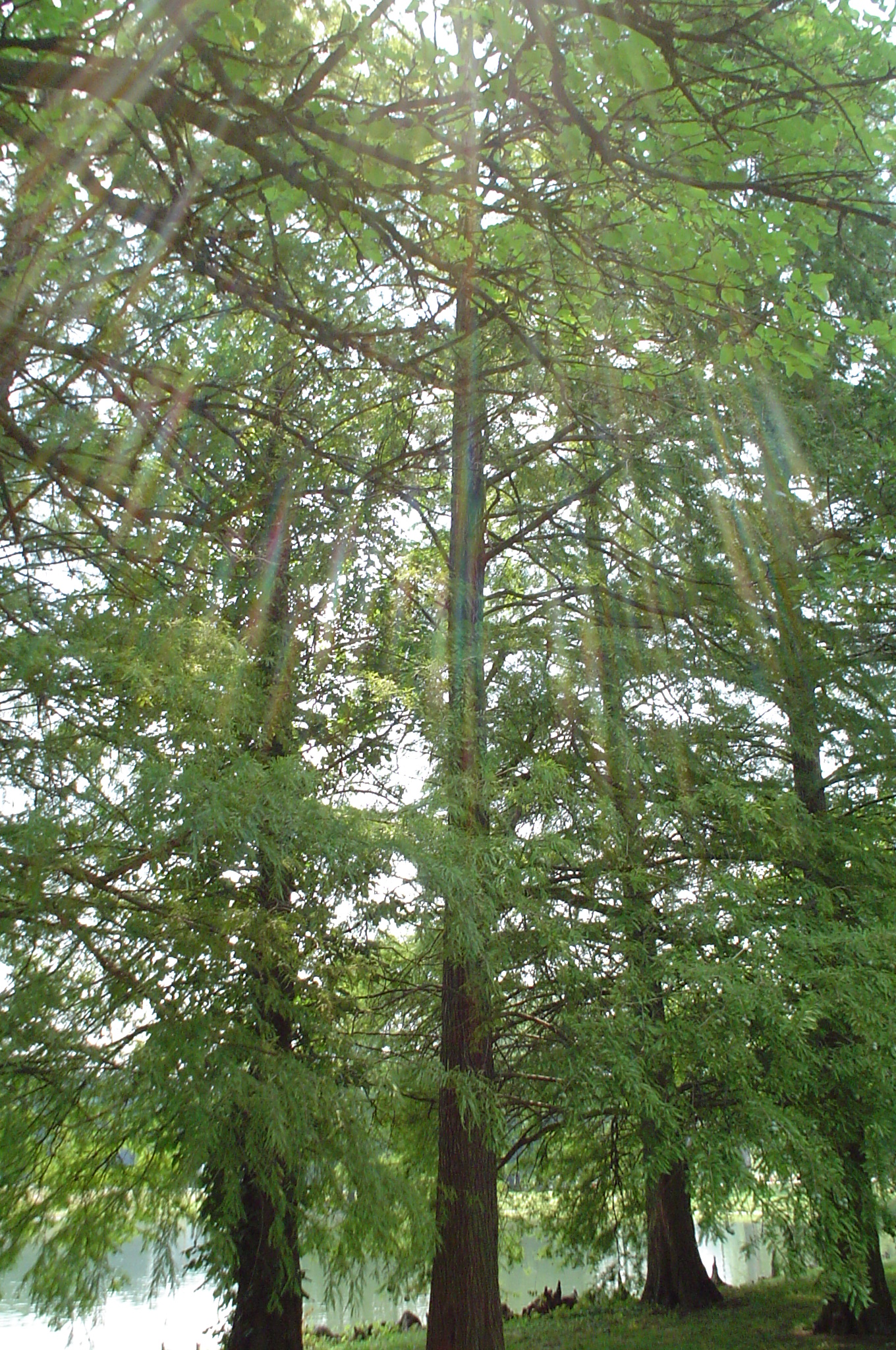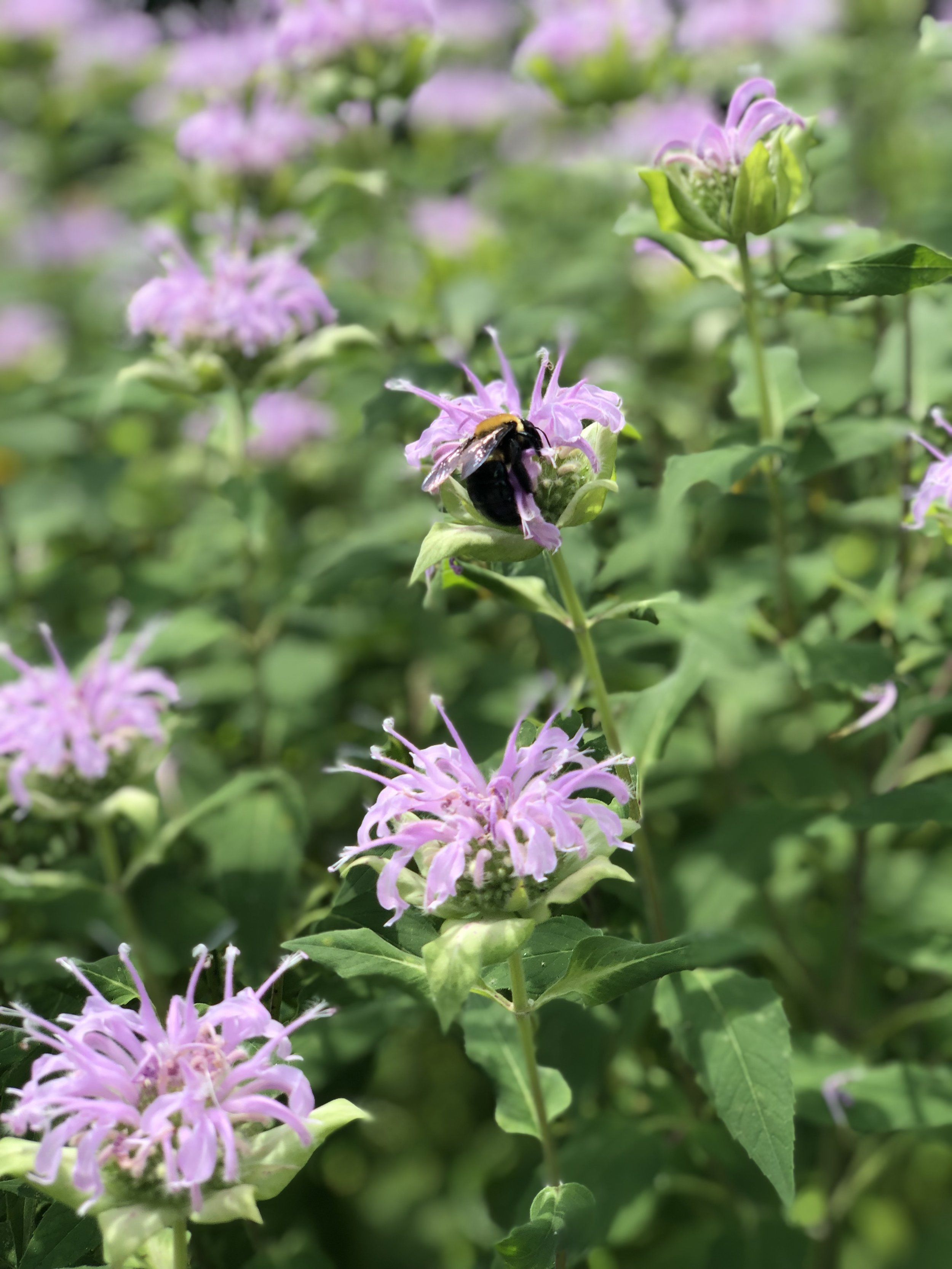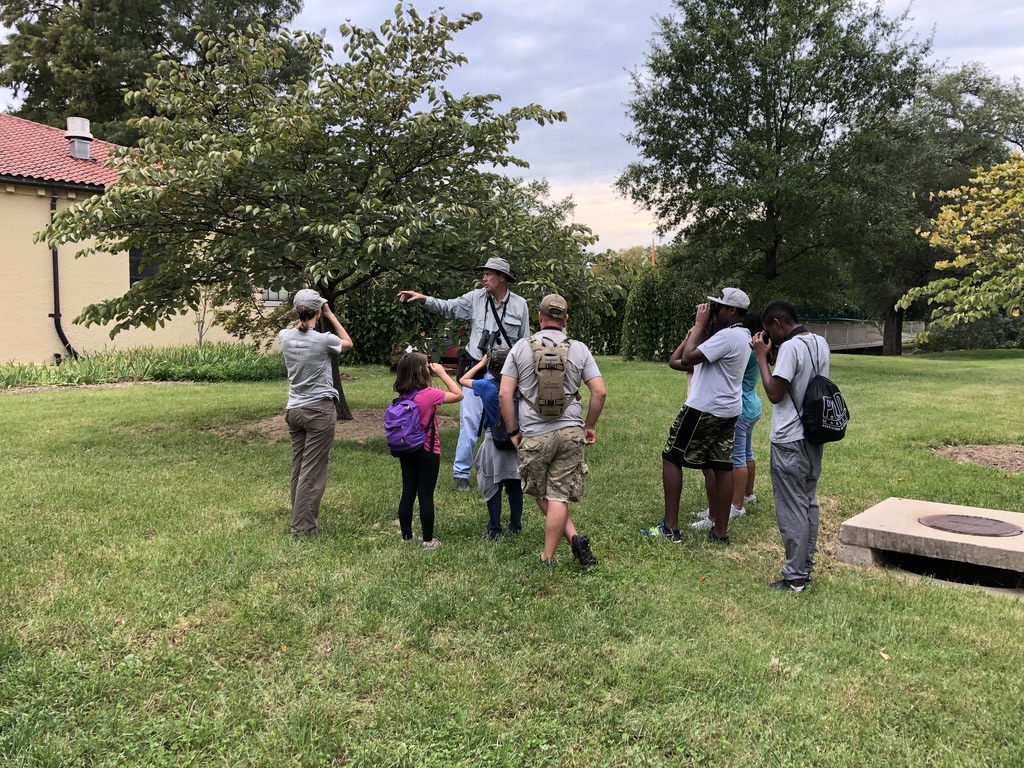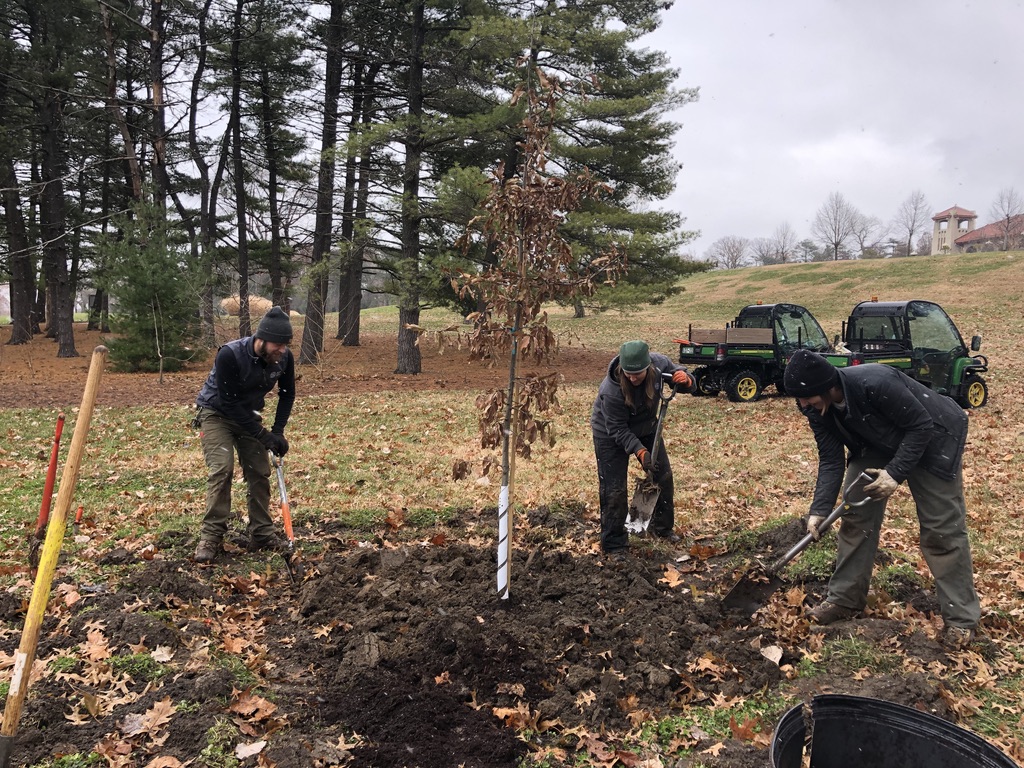10 Ways Forest Park Is Crucial for the Environment
With 45,000 trees, 219 species of animals, and some 750 species of vascular plants, Forest Park has the makings of an environmental powerhouse. But it’s how those parts work together that makes it a smooth-running green machine for the St. Louis region.
“The interaction between the trees, animals, plants and people is where the magic happens,” says Forest Park Forever Director of Land Management Shawnell Faber. “The Park is infinitely more valuable as an ecosystem than individual components.”
Here are 10 ways Forest Park’s magic makes it a crucial part of St. Louis’ environment, in Faber’s own words:
1. Slowing Climate Change and Improving Air Quality
“One acre of tree cover absorbs 2.2 tons of carbon per year, helping the Park offset the warming effects of climate change and making St. Louis cooler. Trees, shrubs and vegetation also purify the air of gases, ozone and pollutants that cause respiratory problems and damage buildings.”
2. Cooling the Urban Heat Island
“In cities, the heat reflected by asphalt and concrete makes urban neighborhoods noticeably warmer than other areas and helps create smog. Luckily, even a small increase in the number of trees can reduce this effect, cutting summer temperatures in the city by 1–5ºC.”
3. Creating Healthy Habitats
“Invasive species, like honeysuckle, are a threat to the health of the Park’s plant and animal habitats. Our volunteers do a great job of removing invasive species and helping us preserve regional ecosystems like savannas, prairies, woodlands, forest, meadows and waterways.”
4. Connecting Animals and People
“Forest Park is an important connector and wildlife corridor. As part of the Mississippi flyway, the Great Missouri Birding Trail and other parks and greenspaces, it provides natural habitats for many different animals— some who are here year-round and some who are just passing through.”
5. Increasing Biodiversity
“Biodiversity is a key indicator of a healthy ecosystem. The great number of habitats we have in Forest Park gives us a rich ecosystem that includes 138 species of beetles, 36 species of spiders and 20 species of mammals, including humans!”
6. Providing Environmental Education
“Forest Park offers many opportunities to teach children and others about the environment and the importance of preserving natural ecosystems. Bioblitz, Beeblitz, the Master Naturalist course and the City Nature Challenge are just some ways scientists and the public are learning in the Park this year.”
7. Demonstrating Good Environmental Practices
Environmental stewardship is a long game. Our long-term focused operational plans include science-based management initiatives that consider the Park holistically, construction projects that are sustainable and work that models good environmental practices for visitors. If we can grow it here, you can grow it at home!
8. Reducing Noise
“Noise pollution is a real problem that Forest Park’s nearly 1,300 acres of trees and grass address for visitors every day. When you’re in the Park, especially in one of its many secret spots, it can be easy to forget you’re in a city at all.”
9. Preserving Green Space
“We plant hundreds of trees in Forest Park every year because trees have value far beyond their lumber. The U.S. Forest Service calculates that over 50 years, one tree generates $31,250 worth of oxygen, provides $62,000 in air pollution control, recycles $37,500 worth of water and saves $31,250 worth of soil.”
10. Cleaning and Saving Water
“Trees, landscape beds and grassy areas capture and filter rainwater, reducing the amount of oil, salt and pollutants flowing from roads and lawns into nearby waterways. The Park also has 52 rain gardens — and more to come — to reduce and store stormwater runoff that could otherwise cause flooding and pollution.”
So the next time you’re in the Park, take a few minutes — or hours — to step back and take it all in. Forest Park is truly greater than the sum of its parts!

